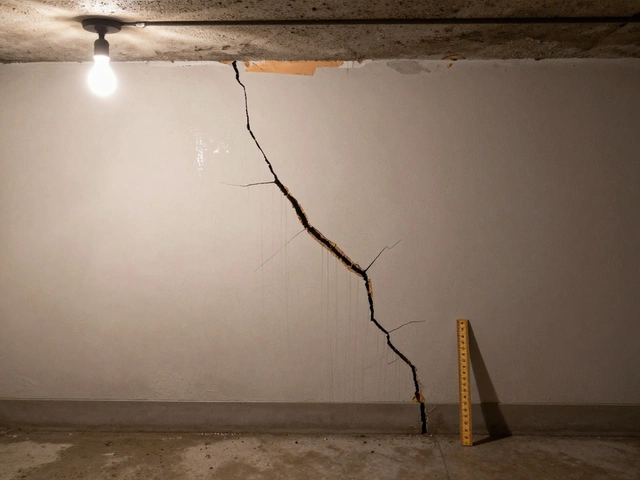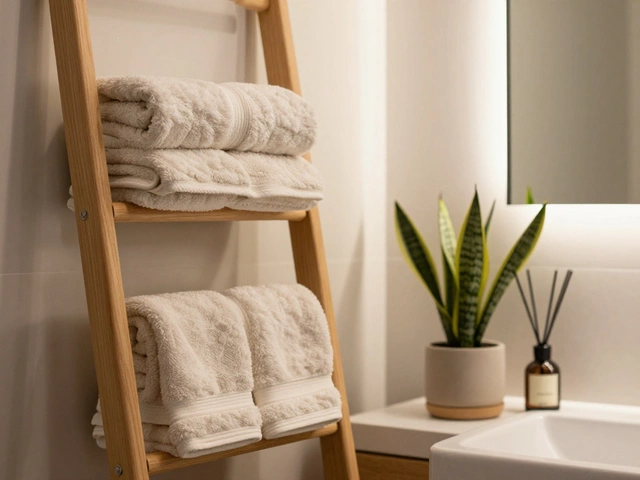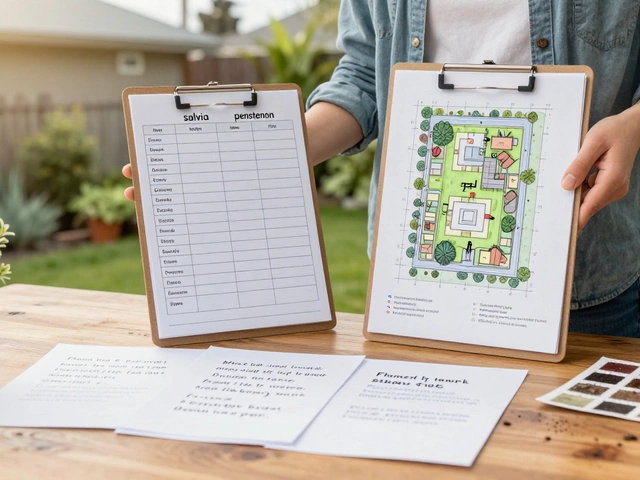Drilling: Essential Skills for Home Improvement & Furniture Repair
When working with drilling, the process of making holes in wood, metal, or other materials using a rotating bit. Also known as boring, it forms the backbone of many construction repair and furniture restoration projects. If you’re looking to master drilling, you’re in the right place.
Effective drilling starts with the right drill bits, which come in sizes, shapes, and materials to match the substrate. A high‑speed steel bit cuts cleanly through softwood, while a carbide‑tipped bit tackles metal or hardwood. Choosing the correct bit not only speeds up the job but also reduces wear on the motor, a crucial point for anyone using power tools on a regular basis.
How Drilling Connects to Everyday Projects
Drilling is more than just a hole‑making step; it enables a range of tasks. For example, drilling a pilot hole lets you insert screws without splitting wood, a common need in furniture restoration. It also prepares surfaces for anchors when mounting shelves, mirrors, or TV brackets—key components of construction repair. In short, drilling is the bridge between raw material and finished product.
Safety and precision go hand‑in‑hand with drilling. A well‑balanced drill, whether corded or cordless, should have variable speed control to match the material hardness. Coupled with a sturdy clamping system, you can keep the workpiece steady, avoid wobble, and achieve accurate hole placement. This level of control is vital when restoring antique tables, where a misaligned hole can ruin the piece.
Beyond the basics, many DIYers experiment with specialized techniques. Counter‑boring creates a recessed socket for screw heads, while countersinking produces a tapered hole for flat‑head screws. Both methods rely on the same drilling principle but use additional drill‑bit designs. Understanding when to apply each technique expands your toolkit and saves you time on future projects.
When you combine the right drill bits with a reliable power tool, you unlock efficiency. Modern cordless drills offer high torque and long battery life, letting you move from room to room without swapping cords. Pairing a brushless motor with a speed‑trigger helps you maintain consistent RPMs, essential for clean cuts in delicate surfaces like veneer.
Finally, proper maintenance keeps your drilling setup ready for the next job. Clean out debris from the chuck, lubricate the motor as recommended, and regularly inspect bits for wear. Sharp bits not only improve accuracy but also reduce the force needed, which protects both the tool and the user.
Now that you’ve got a solid grounding in drilling fundamentals, the articles below will walk you through specific applications—from upgrading an old table to installing storage hardware—so you can put these skills to work right away.
Can You Drill Into New Build Walls? What You Need to Know
Wondering if you can safely drill into walls in a new build? This article breaks down what’s behind those walls, the risks of drilling, and how to do it right. Avoid common mistakes that can ruin your decor or damage utilities. Get tips on finding studs, choosing the right fixings, and how to avoid electrical cables and pipes. Knowing the basics could save you a major repair bill.
full article




